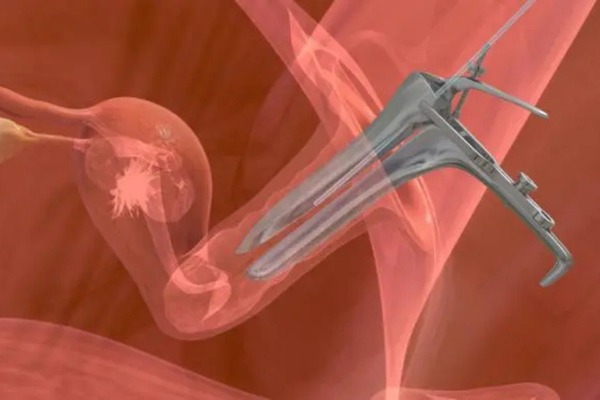
When it comes to IVF treatment, every small step plays a significant role in ensuring the highest chances of success. One such advanced technique is blastocyst transfer – a method that has revolutionized assisted reproductive technology by improving implantation and pregnancy rates. At Pune IVF Centre, we specialize in blastocyst transfer, providing couples with an evidence-based, effective approach toward parenthood.

A blastocyst is an embryo that has been cultured in the laboratory for about 5–6 days after fertilization. Unlike traditional IVF where embryos are transferred at the cleavage stage (day 2 or 3), blastocyst transfer involves waiting until the embryo reaches a more developed stage before placing it into the uterus.
This approach allows fertility specialists to:

Blastocyst transfer is performed as part of the IVF cycle and involves the following steps:
Hormonal medications stimulate the ovaries to produce multiple eggs, which are retrieved for fertilization.
The eggs are fertilized with sperm using IVF or ICSI techniques.
The embryos are cultured in highly advanced incubators until they reach the blastocyst stage (day 5 or 6).
The healthiest and most viable blastocysts are chosen for transfer.
A thin catheter is used to gently place the blastocyst into the uterus. This is a painless procedure that usually does not require anesthesia.
After transfer, the blastocyst attaches to the uterine lining, and a pregnancy test is conducted after 10–12 days.
These steps, while precise, provide a structured and proven approach to help individuals and couples achieve successful pregnancy through blastocyst transfer.
Not all IVF patients require blastocyst transfer, but it can be particularly beneficial for:
At Pune IVF Centre, our specialists carefully evaluate each case to determine if blastocyst transfer is the right approach
The blastocyst transfer technique offers several significant advantages in IVF treatment. One of the key benefits is the higher success rate, as blastocysts are more developed embryos with stronger implantation potential. Since only the healthiest embryos survive until day 5–6, it allows doctors to perform better embryo selection, ensuring that only the most viable ones are transferred. This reduces the need to transfer multiple embryos, thereby lowering the risk of multiple pregnancies such as twins or triplets. Another major advantage is that the process is more physiologically natural, as in a normal conception the embryo naturally reaches the uterus at the blastocyst stage. The timing also ensures better synchronization with the endometrium, which is most receptive during this period, further enhancing implantation chances. Additionally, blastocyst transfer enables the option of single embryo transfer (SET) without compromising success rates, promoting safer pregnancies. For couples opting for genetic testing, blastocysts also provide more cells for preimplantation genetic testing (PGT), making it easier to identify healthy embryos. Overall, blastocyst transfer improves outcomes, reduces risks, and brings couples closer to achieving their dream of parenthood.
While blastocyst transfer offers higher success rates, it also has certain risks. Not all embryos survive to the blastocyst stage, which may leave some patients without embryos for transfer, especially if the initial embryo count is low. There is also a possibility of implantation failure, as success depends on both embryo quality and uterine receptivity.
In some cases, transferring more than one blastocyst can increase the risk of multiple pregnancies, which may lead to complications during pregnancy. Extended culture of embryos also requires highly advanced lab conditions, and in rare cases, embryos may be lost in the process. However, at expert centers like Pune IVF Centre, these risks are minimized through advanced technology, skilled embryologists, and individualized care.
Research has shown that blastocyst transfer offers higher implantation and pregnancy rates compared to traditional day 3 transfers. At Pune IVF Centre, our success rates are enhanced due to:
While success depends on multiple factors such as age, egg quality, sperm health, and overall reproductive condition, blastocyst transfer significantly increases the chances of a positive outcome.
At Pune IVF Centre, we strongly believe in ethics, transparency, and personalized care. Since every couple’s fertility journey is unique, we avoid a “one-size-fits-all” approach and instead design tailor-made protocols for each patient.
On average, the cost of blastocyst transfer as part of an IVF cycle with self-gametes ranges between ₹1,20,000 to ₹1,70,000 per cycle. This estimate usually covers consultations, medications, ultrasound monitoring, hormonal assays, egg retrieval, anesthesia, embryologist’s fees, ICSI (if required), embryo freezing for up to 6 months, and the blastocyst transfer procedure itself.
However, this cost does not include additional advanced procedures such as Laser Assisted Hatching, Preimplantation Genetic Testing (PGT-A), or hysteroscopy, which may be recommended in certain cases and can add to the overall expenses.
We always encourage couples to request a detailed cost breakdown from our team so they can clearly understand what is included and plan their treatment and finances with confidence.
No-Cost EMI Options – Make blastocyst transfer treatment more affordable and accessible.
Financial Planning Support – Our team helps you plan your finances to focus on treatment without stress.
Transparent Pricing – No hidden charges or pricing gimmicks; you pay only what has been explained and counseled.
Ethical Fertility Care – Combining advanced technology with ethical practices for the best outcomes.
Peace of Mind – While treatment has a cost, the joy of parenthood remains priceless.